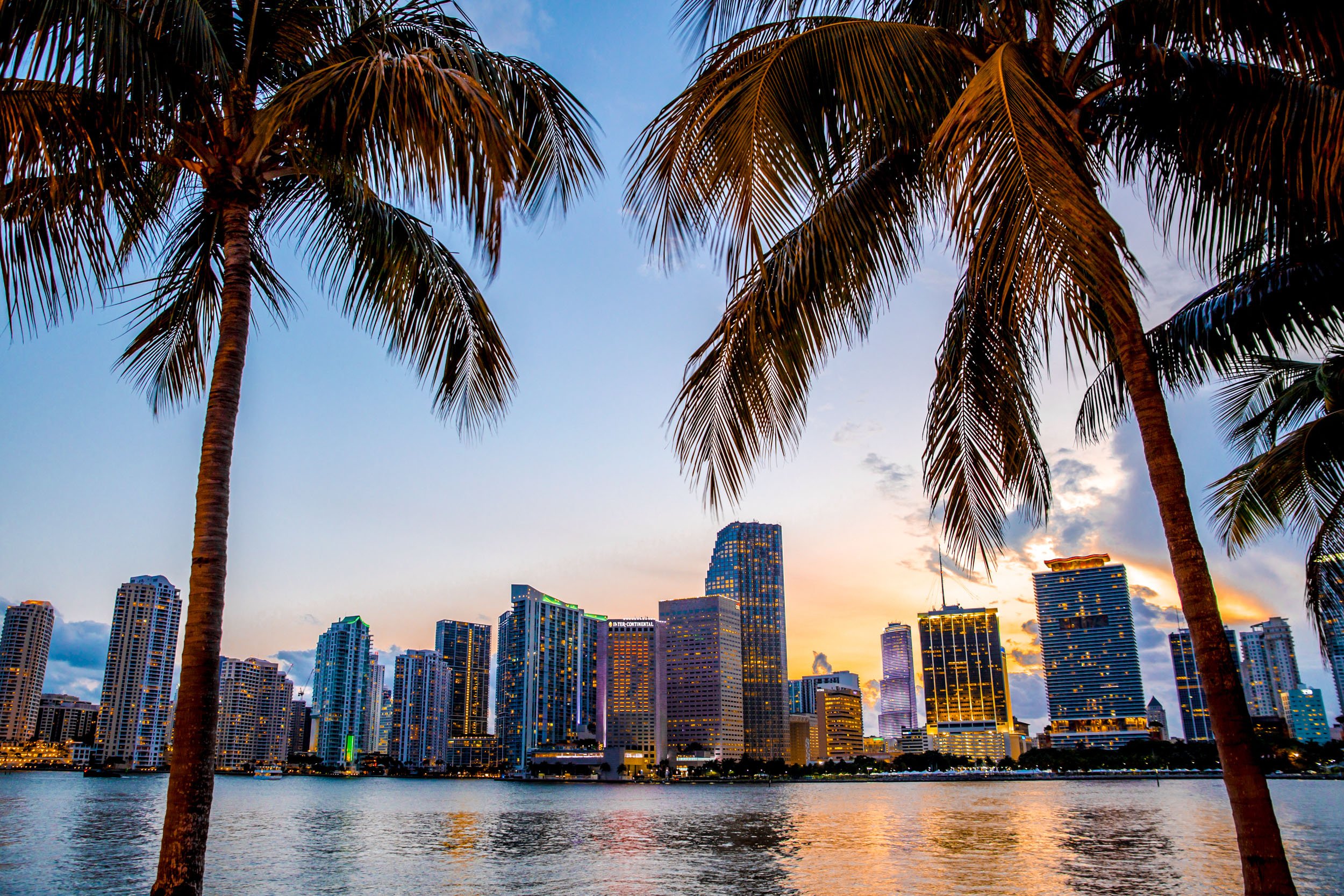LOS ANGELES-Creative space is certainly the talk of the town these days and has become increasingly in demand in the Los Angeles market. Companies seeking creative space throughout the County include a diversity of sectors such as film, television, music, advertising, gaming, dot com and others. They require an environment that runs contrarian to the typical office environment.
To illustrate, Google employees ride bicycles to work, have showers available and food and coffee stations. Google has come to learn that keeping people happy at work often keeps them at work longer. The need for creative space is largely fueled by the desire to make a corporate culture statement, attract top quality employees, and leave a lasting impression that becomes an extension of their brand and even their public relations.
So, what does this mean for the Los Angeles commercial real estate industry? While landlords have had limited success in converting conventional office space to what is considered to be more creative, polished concrete floors and exposed ceilings, the real conversions have largely come from industrial buildings that have naturally incorporated high ceilings, concrete floors and, often times, red brick walls. These properties have been the natural genesis of what is called “creative” as they have had the core ingredients to make the conversion to creative office space.
One of the biggest challenges for this creative space conversion in Los Angeles is that these industrial facilities were never planned to house people but rather “stuff” and, as a result, conversion challenges arise. One of the major issues is lack of employee parking.
Recently I was involved in the marketing of an incredibly unique building located in Beverly Hills in what was once considered the “industrial area” as it is on the fringe of the City and served the Beverly Hills community with industrial-related services. (In fact, the building next door to it is aptly called The Ice House as that was its function in the early 1900s up to its conversion to an office building in the 1990s.) This building I was marketing is amazing, it boasts polished concrete floors, high ceilings leading to a wood bow truss structure, red brick walls, and abundant steel from the time that it was converted to a contemporary award-winning office building from an old industrial property. The one issue that plagued the asset was that it had no parking. The owner, working with a visionary architect, decided to alter the building and provided a ramp to the newly developed roof top deck where parking was created. The redesign of the building exposing the intricate wood ceiling combined with the dated brick created a building that checks all of the boxes as to what would define a creative work environment. Case in point, as creative space becomes more in demand, tenants, brokers and owners will also need to be creative in how they address parking issues as well as other challenges that arise due to the original industrial nature of the facilities such as insulation, central air, build out, wiring, and ensuring that the space is water tight.
Over the next 12 months or so, as our economy continues to heal and gain strength, the industries that seem to be leading the charge in this region are firms that focus on creativity. In Los Angeles there has been a new moniker that has been developed and promoted referencing “Silicon Beach” as so many of the high tech, dot com, and related industries have decided to make their home closer to the Pacific Ocean. Silicon Beach is actually migrating further away from the coast as space is rapidly being absorbed. Our world is increasingly mobile phone, social media and marketing based. Many of these creative firms that support this world are only growing and will demand more creative space. As the dot com implosion that occurred in the late 90s and the beginning of the new millennium came from firms leasing more and more space based on an anticipated need that never materialized, our current and future environment for creative space is real, and the demand is based on people taking real seats, as opposed to chairs waiting unoccupied for what could be.
Neil Resnick is principal and managing director of the West Los Angeles office of Avison Young. His career in Los Angeles commercial real estate spans 27 years. Through his specialization of office tenant representation he focuses on creative office users. The views expressed in this column are the author's own.
© Touchpoint Markets, All Rights Reserved. Request academic re-use from www.copyright.com. All other uses, submit a request to [email protected]. For more inforrmation visit Asset & Logo Licensing.






